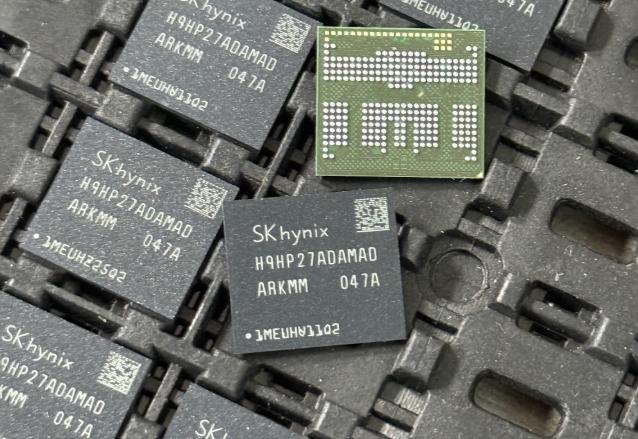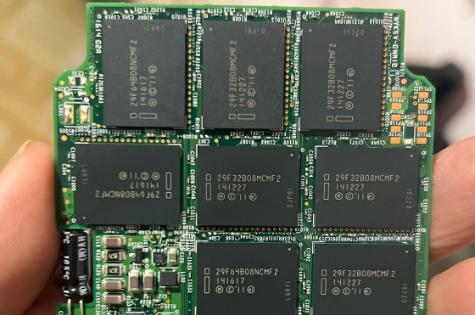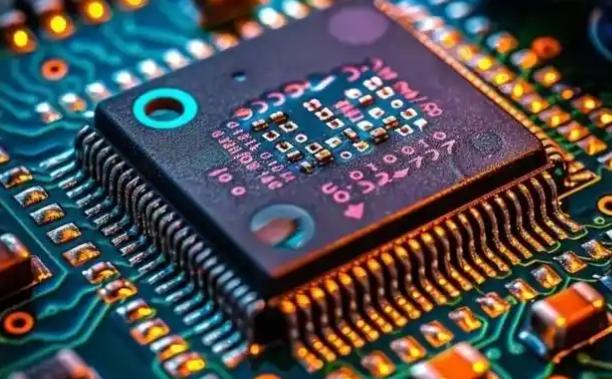Hello! now About Us
Technical Features of Encoder ST52048LC04CVCC: The Precision Eye in Industrial Automation
8/1/2025 2:39:58 AM
In the era of rapid development in industrial automation and robotics, encoders, as the core feedback components of motion control systems, directly determine the positioning accuracy, dynamic response, and long-term stability of equipment. The magnetic encoder ST52048LC04CVCC, designed for high-precision applications, stands out in fields such as CNC machine tools, precision machining, and AGV navigation due to its unique magnetic principles, anti-interference capabilities, and compact structure. This article delves into its technical features from four dimensions: technical principles, core parameters, environmental adaptability, and industry applications.
1. Magnetic Encoder Technology: Precision Measurement Through Magnetic Field Changes
The encoder ST52048LC04CVCC is based on magnetic encoder technology, which converts mechanical displacement into electrical signals by detecting magnetic field variations from a rotating magnetic ring using a Hall sensor array. Its key components include:
Magnetic Ring and Sensor Array: The magnetic ring features evenly distributed magnetic poles, while the sensor array is arranged at specific angles to continuously capture magnetic field intensity changes.
Signal Processing Circuit: Equipped with a high-precision ADC and a digital signal processor (DSP), it filters, interpolates, and compensates raw signals to eliminate the effects of mechanical vibrations and electromagnetic interference.
Encoding Algorithm: Utilizing quadrature encoding and subdivision techniques, it enhances the pulses per revolution (PPR) to a 24-bit resolution (16,777,216 pulses/revolution), achieving sub-micron positioning accuracy.
Compared to optical encoders that rely on optical code discs and light sources, magnetic encoders require no cleaning or maintenance and are inherently resistant to contaminants like oil and dust, making them more suitable for harsh industrial environments.
2. Core Parameters: Balancing High Precision and High Reliability
2.1 Resolution and Accuracy
Single-Turn Resolution: 24-bit (16,777,216 pulses/revolution), meeting sub-micron positioning requirements in precision machining and semiconductor equipment.
System Accuracy: ±45" (0.0125°), ensuring stable precision across the full temperature range through temperature compensation algorithms and mechanical error correction.
Repeatability: ±7", maintaining positional consistency during multiple start-stop and reverse motions, ideal for robotic joints and CNC rotary tables.
2.2 Dynamic Performance
Maximum Speed: 12,000 RPM, supporting high-speed spindles and direct-drive motors.
Update Rate: 1,650 Hz (for any length), providing real-time position feedback to minimize motion control delays.
Magnetic Ring Speed Resolution: 0.6 mm/s (at 1 m/s) and 0.3 mm/s (at 0.5 m/s), accommodating mixed motion demands from low-speed creeping to high-speed sprinting.
2.3 Electrical Interface
Output Protocols: Supports industrial bus protocols such as CANopen, J1939, and ISOBUS, ensuring compatibility with mainstream PLCs and drives.
Signal Types: Offers 4-20 mA analog output, PWM pulse output, and digital interfaces to suit diverse control system requirements.
Power Design: Features a wide 9-32 V input voltage range, supporting both 12 V and 24 V systems with a low power consumption of just 0.24 W (at 12 V).
3. Environmental Adaptability: Stable Operation Under Harsh Conditions
3.1 Protection and Structure
Protection Rating: IP67, providing dustproof and waterproof capabilities to withstand short-term immersion, suitable for outdoor equipment and food processing environments.
Mounting Options: Features a bayonet-style cylinder mounting design that requires no additional sensor length, saving space. It supports various rotor mounting methods, including tapered and reverse-tapered shafts, to fit different motor structures.
Housing Material: Constructed from high-strength aluminum alloy or stainless steel, it offers 50G shock resistance to meet the vibration demands of mobile machinery such as loaders and tower cranes.
3.2 Temperature and EMC Performance
Operating Temperature: -40°C to +120°C (optional), covering extreme cold and high-temperature environments like Arctic research equipment and metallurgical industry furnaces.
Electromagnetic Compatibility: Passes IEC 61000-4-6 standards for radiated electromagnetic interference (RE) and conducted electromagnetic interference (CE), ensuring signal stability.
Protection Features: Includes reverse polarity protection (up to -40 VDC) and short-circuit protection to prevent equipment damage from miswiring.
4. Industry Applications: From Precision Manufacturing to Intelligent Logistics
4.1 Precision Machining
In CNC machine tools, the encoder's 24-bit resolution and ±45" accuracy enable micron-level cutting control, reducing machining errors and improving product yield. For example, in semiconductor wafer dicing equipment, its high dynamic response ensures precise blade positioning during high-speed motion, preventing wafer breakage.
4.2 Robotics and Automation
In collaborative robot joints, the encoder's compact design (height: 29 mm) and low power consumption (0.24 W) reduce overall energy consumption and extend battery life. Its 50G shock resistance and wide temperature range (-40°C to +120°C) make it ideal for outdoor service robots.
4.3 Intelligent Logistics and AGVs
In automated guided vehicles (AGVs), the encoder communicates in real-time with navigation systems via CANopen protocols, providing centimeter-level positioning accuracy for accurate cargo handling. Its IP67 rating protects against dust and liquid splashes in warehouses, lowering maintenance costs.
5. Technological Evolution and Future Trends
As Industry 4.0 and smart manufacturing advance, the encoder ST52048LC04CVCC is evolving toward higher precision and intelligence:
AI Algorithm Integration: Machine learning optimizes temperature compensation and vibration suppression algorithms, reducing thermal drift to 1/5 of traditional products.
Nano-Etching Technology: Nano-scale magnetic pole etching enhances resolution to 25 bits (33,554,432 pulses/revolution), meeting the ultra-high precision demands of humanoid robot joints.
Wireless Transmission Modules: Built-in low-power Bluetooth or Wi-Fi modules enable remote monitoring and fault diagnosis, improving equipment maintenance efficiency.
Conclusion
The encoder ST52048LC04CVCC represents a benchmark in high-precision industrial automation with its magnetic encoder technology, 24-bit resolution, wide temperature and voltage range, and industrial bus compatibility. From precision machining to intelligent logistics, and from robotic joints to outdoor equipment, its technical features are driving manufacturing toward greater efficiency and reliability. Looking ahead, the integration of AI algorithms and nano-etching processes will further push the physical limits of encoders, injecting new momentum into industrial intelligence.
Fudong Communication (Shenzhen) Group Co., Ltd., established in 2004, is a specialized global first tier semiconductor agent/distributor.
Fudong Mall is an online e-commerce platform belonging to Fudong Communication (Shenzhen) Group Co., Ltd. Fudong collaborates with global electronic component distributors and Chinese spot inventory suppliers.









